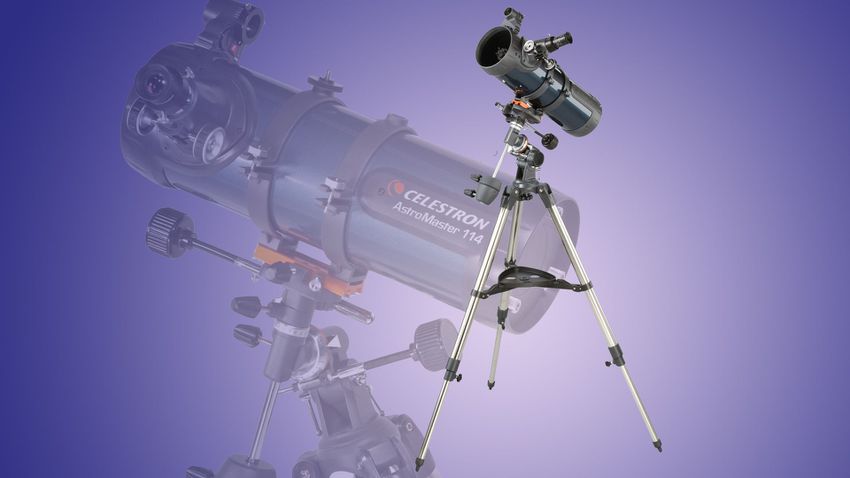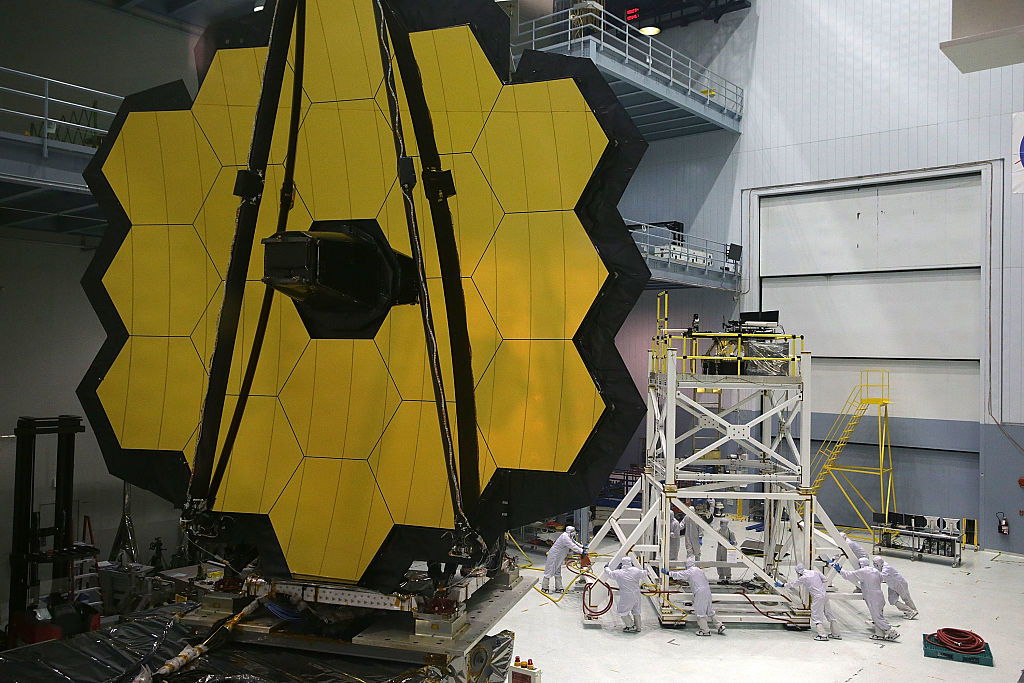

Hence, the bigger the telescope size, the better the capacity and the higher the price.Ī big telescope typically has more advanced specifications compared to a small telescope. It dictates a telescope’s light-gathering ability, determining how clearly you see your celestial targets. The size of a telescope significantly determines its efficiency and effectiveness. Using an inexpensive telescope made from substandard materials can extinguish your passion for astronomy because it becomes challenging to spot celestial objects. It may seem like a cost-saving measure, but it could lead to additional expenses in the future, prompting you to buy another one.Īs a result, you may experience prolonged dissatisfaction until you recognize the importance of prioritizing quality over cost. Getting a wobbly telescope made with cheap materials affects the quality of your experience. The manufacturing process also determines the quality and, consequently, the cost. Telescopes made with poor-quality materials are generally cheaper than those made with good materials. The quality of materials used for production determines the quality and cost of the product. Quality of materials and manufacturing process Takeaway: Get a decent telescope at a price that’s worth every penny.How much to spend on a good high-end telescope.How much to spend on a good intermediate telescope.How much to spend on a good beginner telescope.Quality of materials and manufacturing process.

These factors help you understand the differences in their price, efficiency, and durability, and they include the following: Several factors combine to influence the cost of a telescope. This article examines everything you need to know about the cost of a telescope, especially the amount you should spend to get a decent one based on your level of interest in stargazing.įactors that influence the cost of a telescope But there’s more to getting a telescope than knowing the price. In this case, the higher the price, the better the quality of the telescope and its capacity for deep-sky exploration. Price is essential in purchasing a telescope, like every other product. This will ensure you select a telescope that perfectly aligns with both your finances and level of fascination with stargazing. However, before diving into the excitement, it’s important to determine the adequate amount to budget for your purchase. Investing in a telescope can greatly enhance your passion for astronomy. For more advanced telescopes, prices can range from $1,000 to $5,000 or more. Entry-level telescopes can cost anywhere from $200 to $400, while intermediate telescopes can cost between $500 and $1,000. The amount you should spend on a decent telescope varies depending on your level of experience and the features you’re looking for. I may receive a commission for purchases made through these links. This site contains affiliate links to products.


 0 kommentar(er)
0 kommentar(er)
